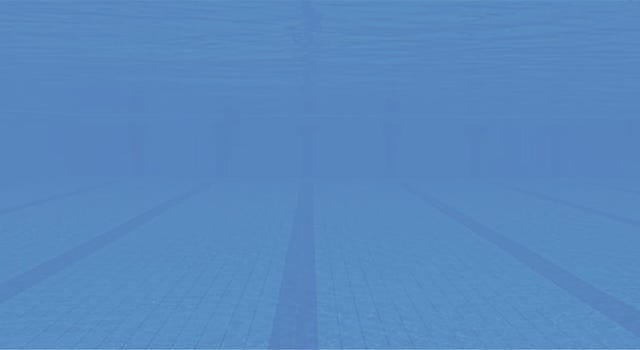
Chris Seris
Chris Seris brings almost 20 years of professional aquatics experience, specifically in aquatic operations, staffing management, and competitive events to the Counsilman-Hunsaker team. Chris has a degree from the University of Missouri and his master’s from the University of Nebraska at Omaha. Chris came to Counsilman-Hunsaker from the University of Missouri, where he served as […]









